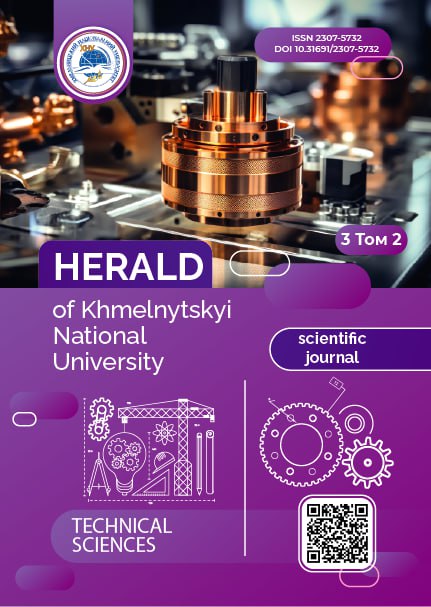ENERGY EFFICIENCY ASSESSMENT OF A HYDRODYNAMIC APPARATUS
DOI:
https://doi.org/10.31891/2307-5732-2025-353-51Keywords:
hydrodynamics, energy efficiency, vapor phase, modelling, cavitationAbstract
This study evaluated the energy efficiency of three hydrodynamic devices based on the Venturi tube (VT) principle under the same hydrodynamic conditions. Cavitation processes, which are commonly used in industrial applications such as disinfection, emulsification, dispersion, and degassing, were examined. In Venturi-type devices, the formation of the vapor-gas phase occurs when a local pressure drops below the saturation pressure, causing a phase change. However, only part of the supplied energy is used for bubble formation, with the remainder dissipated through turbulence, friction, and heat. Therefore, it was necessary to assess the energy efficiency of different structural designs.
Three configurations were examined: a traditional Venturi tube, a design featuring a helical (screw-type) obstacle, and a design with a conical obstacle. The vapor-gas volumes were calculated using computational fluid dynamics (CFD) simulations, while the energy input was measured experimentally. The specific efficiency was determined as the ratio of vapor volume to the specific energy input. All devices operated at the same inlet pressure of 350,000 Pa. Outlet pressures, flow rates, and velocity profiles were used to compute pressure drops and energy dissipation. The cavitation number was also calculated for each design to assess cavitation intensity.
It was found that the highest efficiency (1.79·10⁻¹¹ m³/J) was achieved with the conical obstacle, followed by the screw-type design. The classical configuration exhibited the lowest efficiency (9.74·10⁻¹² m³/J). Experimental verification involved measuring pH changes in distilled water after 120 seconds of treatment and assessing the homogenization level of milk fat globules using microscopy. The smallest and most uniform fat globule sizes were observed in samples treated with the conical design, confirming enhanced cavitation effects.
Keywords: hydrodynamics, energy
Downloads
Published
Issue
Section
License
Copyright (c) 2025 ДМИТРО ВІТЕНЬКО, НАТАЛІЯ ЗВАРИЧ (Автор)

This work is licensed under a Creative Commons Attribution 4.0 International License.

